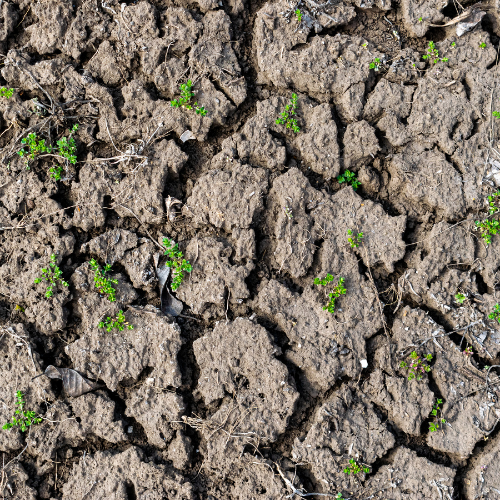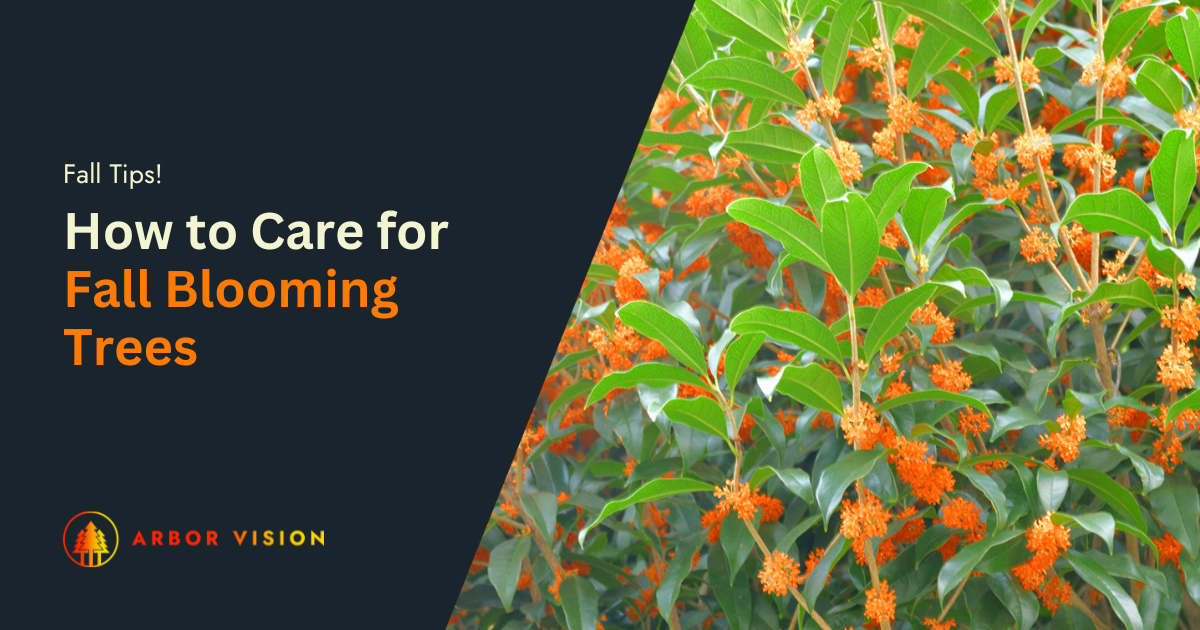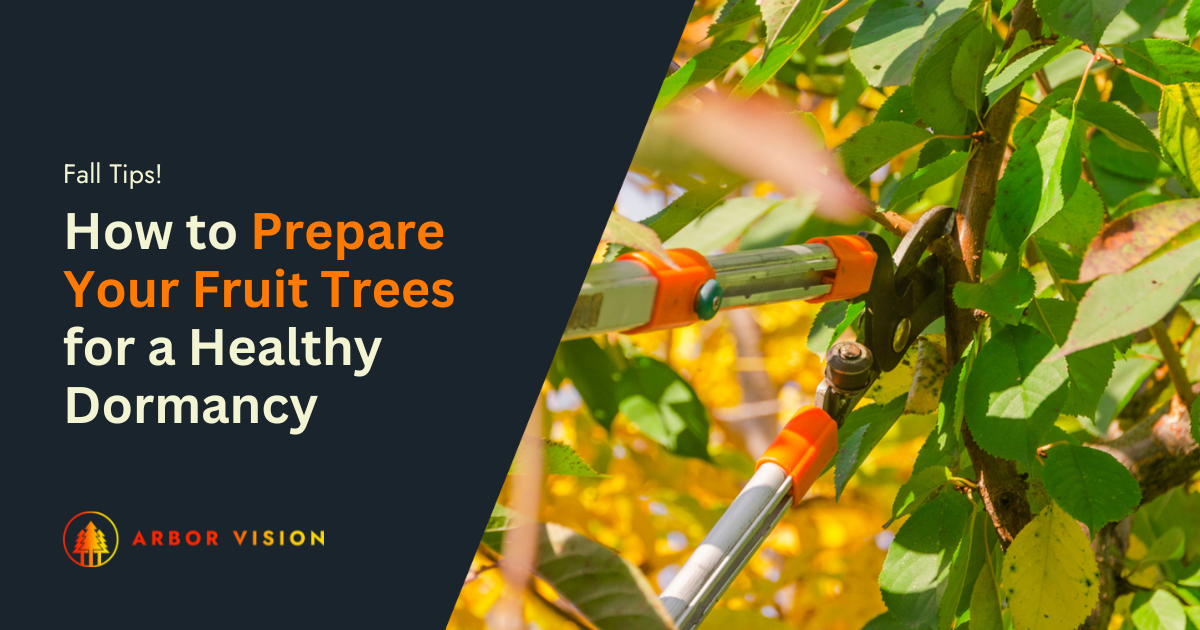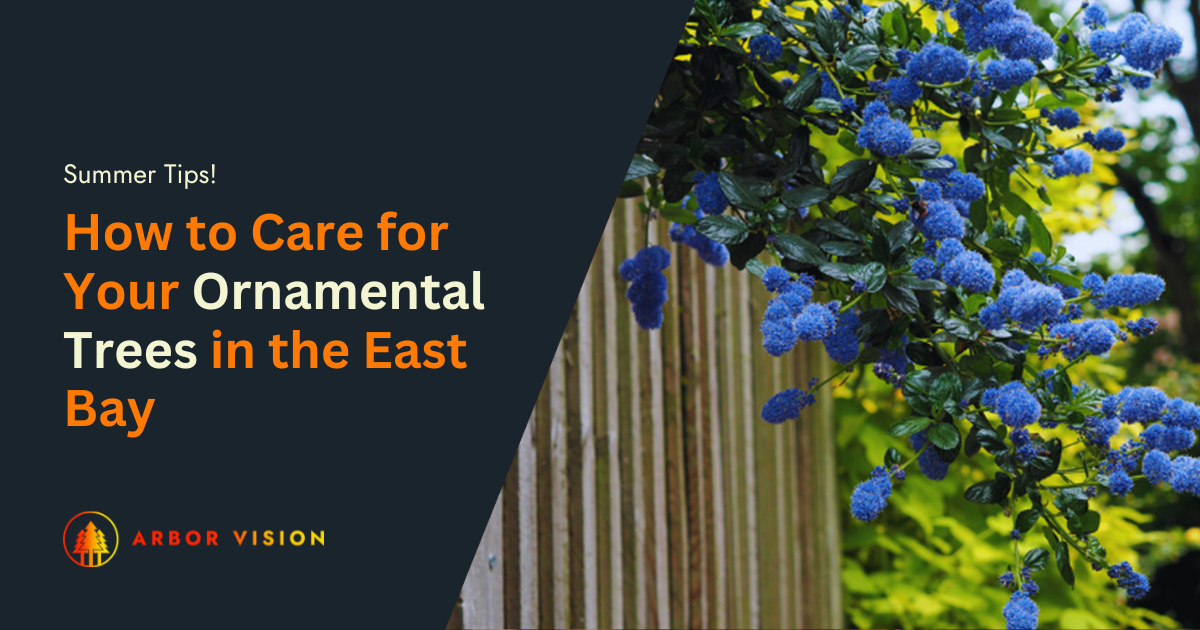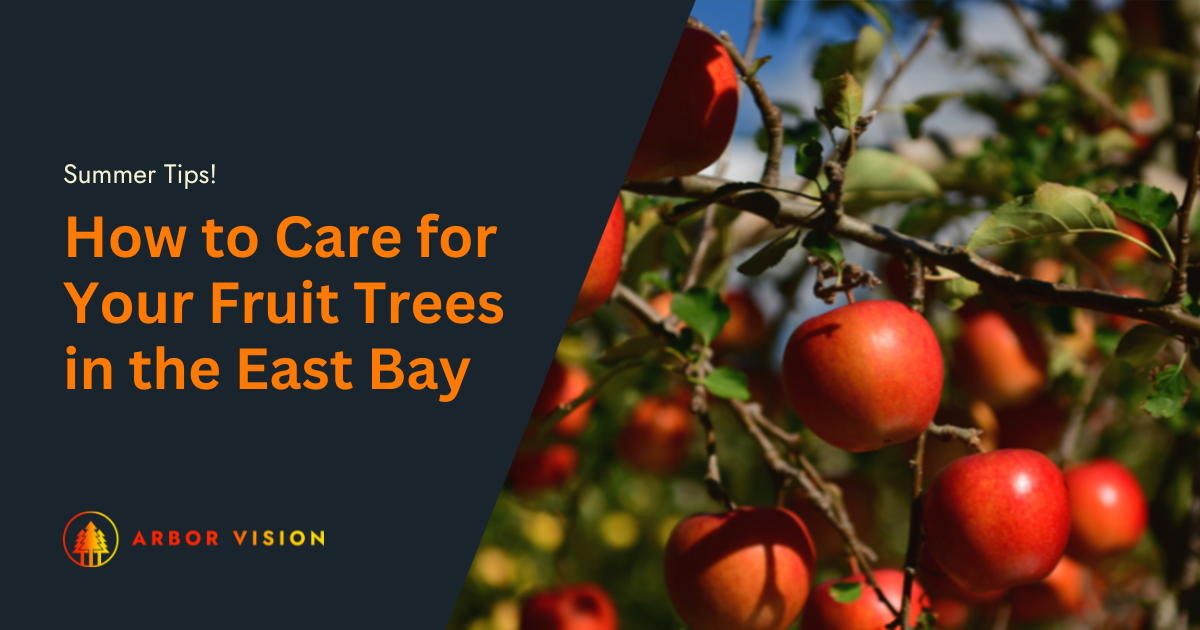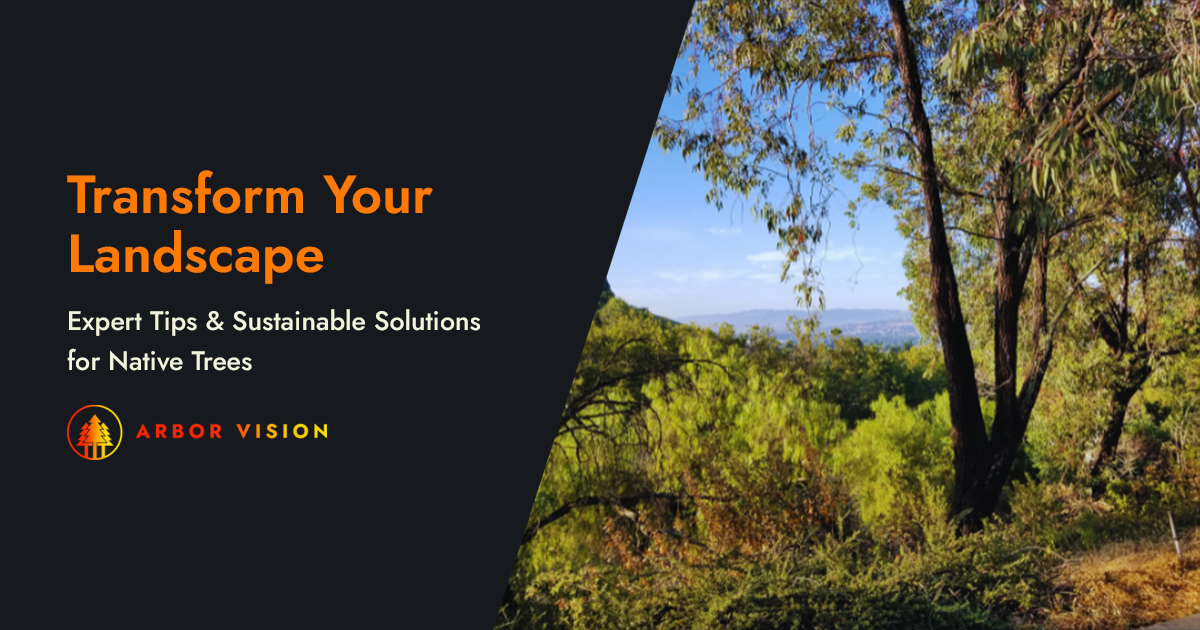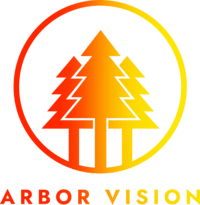Tree Health Indicators: Essential Guide for Livermore Residents
Share this page:
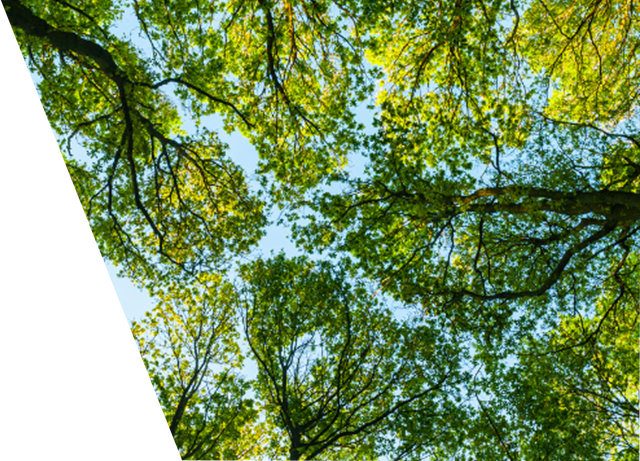
Tree health is something many homeowners take for granted. However, many issues can impact tree health, including diseases, pests, and environmental stress. Unhealthy trees present a threat to your property, as well as a risk of injury, so it's important to recognize signs of distress.
Tree Health Guide
Use our essential guide to familiarize yourself with common tree health indicators and when to call Livermore arborist services.
The streets of Fremont are lined with landmark trees that have stood the test of time. Often gracing heritage properties, they help celebrate the original families who settled in the area. The city values these historical landmarks as iconic trees of notable species and takes stewardship to protect and care for them.
Care Tips
Here, we explore their unique characteristics, historical significance, and how to care for these species with expert tips from Arbor Vision's certified arborist services.
Key Indicators of Tree Health in Livermore
There are three tree health signs to watch for:
Leaf Color and Condition
A tree's leaves are used in photosynthesis to change sunlight into energy for food. When the leaves absorb carbon dioxide, it combines with water absorbed through the roots, which travels through the trunk and branches to nourish the plant. So, when you spot signs of trouble in the leaves, the entire tree is at risk.
Healthy trees have full branches and canopies, with leaves that maintain their natural color. They also maintain their shape free of odd curling, warty-looking bumps or specks. If you notice the leaves change their texture or color, even if they are just slight, this is often a sign of disease, pests, or decay.
Health Indicators
- Browning or yellowing
- Spots and specks
- Any form of unusual leaf discoloration
- Strange color patterns
- Odd shapes or leaf deformation, such as thickness, warts, or curling
- Holes
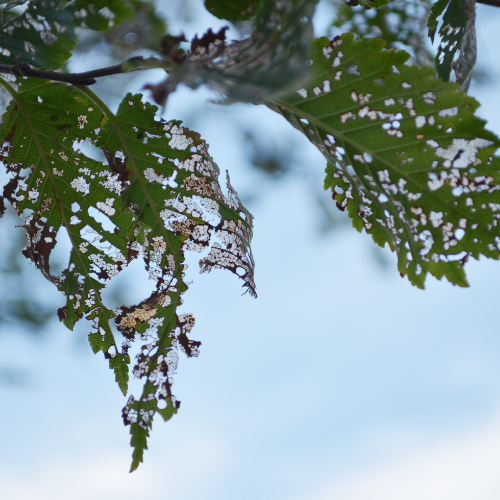
Another indicator of health issues is dieback. If you notice some branches looking dead, twigs turning dark, and leaves falling, your tree requires immediate attention.
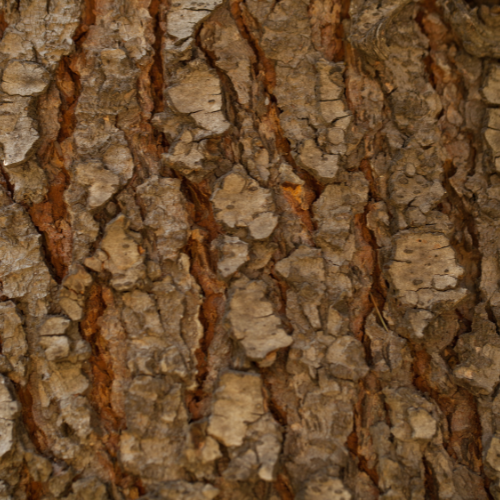
Bark and Trunk Health
Trees need their bark to protect them from external threats, including physical damage, pests, and disease. They have an outer and inner layer of bark, with the outer layer covered in pores called lenticels that breathe in oxygen. The inner layer has cells that move sap and nutrients through the tree.
When your tree bark is peeling, crumbling, or missing chunks, it indicates that the tree has been compromised and is vulnerable to damage. Exposing the inner bark means it can no longer transport sap and nutrients from the roots to the leaves and branches. Minor bark damage forms a seal that works like a bandage to cover the wound. However, severe damage can kill the tree.
Branch and Twig Health
Branches help transport water, sugar, and nutrients to the leaves while supporting the canopy's weight. Healthy tree branches are designed to move with the wind and protect trees against damage in severe weather conditions. As a result, they should be flexible and avoid breakage even when they are under stress from the weight of fruit or wildlife.
Signs of Branch Health Issues
When branches become brittle, they break easily, which indicates issues such as brown rot. Also, branches with growths are a clear sign that they are diseased.
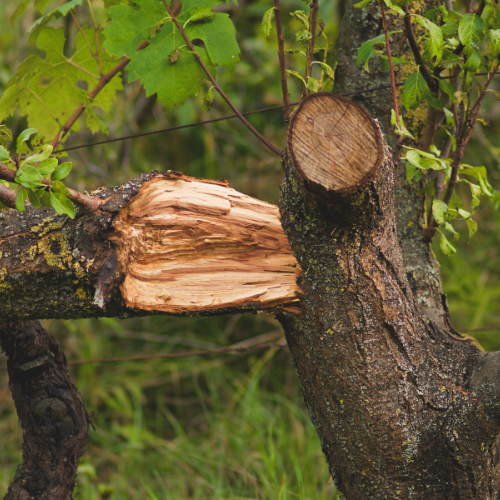
Common Tree Health Issues in Livermore
There are three tree health signs to watch for:
Pest Infestations
Pest infestations include:
- Gold Spotted Oak Borer
- Polyphagous Shot Hole Borer
- Shot Hole Borer, aka Ambrosia Beetle
- Asian citrus psyllid specific to citrus trees
Pests can impact ornamental and fruit-bearing trees, watch out for the following signs:
Health indicators
- Bark staining, discoloration, leaks, or gumming
- Branches that are sagging, wilting, or dead
- Loss of leaves or holes in leaves
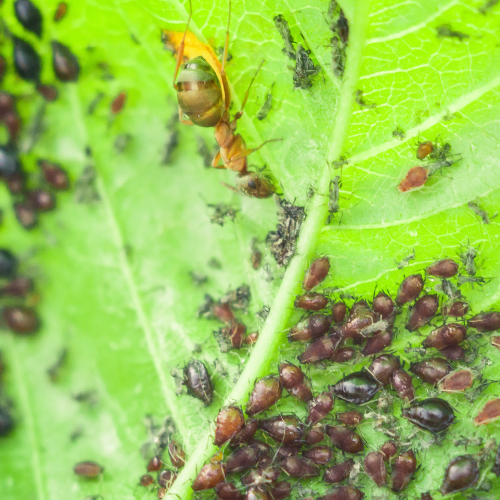
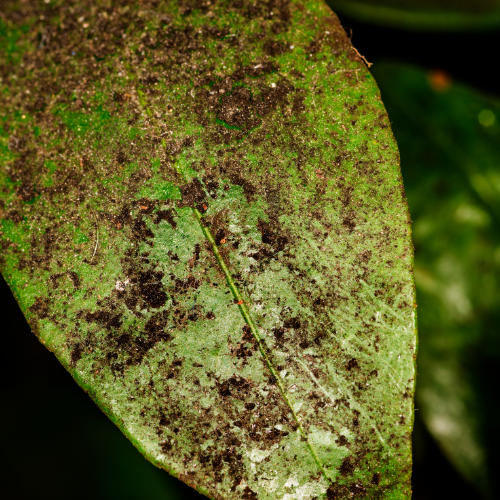
Tree Diseases
There are many diseases that impact trees in the Livermore area, including:
- Fire Blight
- Leaf Spot Diseases
- Sudden Oak Death
- Shot Hole Fungus
- Sooty Mold Fungus
- Chinese Elm Anthracnose
- Fruit Tree Molds
Signs of disease
- Discolored, blistered, blemished, mildewed, burnt, spotted, and rusted leaves
- Bark with black knots, rusts, cankers, wilts, decay, deep cracks, or holes
- Branches displaying poor growth, branch dieback, wilted leaves, early leaf drop, or thinning of the canopy
Environmental Stress
Environmental stressors exist throughout Livermore and negatively impact tree growth. They can include but aren't limited to:
- Injuries caused by mechanical sources
- Drought
- Salt
- Air pollution
- Shade
- Competition with invasive species for water and nutrients
- Artificial light sources such as illuminated signs, streetlights, spotlights, etc.
- Soil erosion decreases available water, leading to nutrient deficiencies
- Urban pollutants such as nitrogen and sulfur can cause accelerated growth, impacting tree strength and health
- Air pollutants can stunt tree growth
Effects of Environmental Stress on Trees
Here are a few examples of what happens when trees are exposed to environmental stress:
- Soil erosion decreases available water, leading to nutrient deficiencies
- Urban pollutants such as nitrogen and sulfur can cause accelerated growth, impacting tree strength and health
- Air pollutants can stunt tree growth
Tips for Maintaining Healthy Trees
Ongoing maintenance helps keep trees healthy and provides an opportunity to identify issues early on. As a result, you can call an arborist to provide interventions to help trees thrive.
Some tips to help maintain healthy trees include:
Proper Watering Techniques
In the winter, trees require less frequent but more intense watering. This technique helps compensate for the moisture lost from winter winds while providing a stronger anchor when the weather turns extreme. In the summer, extra watering is critical for mature trees planted near heat sources, including concrete, stone patios, gravel, parking lots, roadways, etc.
Pruning and Trimming Practices
Tree pruning helps trees resist disease and is particularly important in the winter to avoid cold weather stress. It is also an important step to promote growth, along with trimming to remove dead or weak branches that can steal nutrients. Another important part of proper trimming is thinning the canopy to reduce the risk of uprooting in strong winds while ensuring sunshine reaches the branches below.
Soil and Mulching
Mulching is an important step in helping retain soil moisture and regulate soil temperatures. It also provides a barrier to reduce weeds that can steal moisture from trees.
When to Call a Professional Arborist
An arborist is a certified tree specialist educated in tree health and management. With a better understanding of tree health indicators, you can watch for signs it's time to call an arborist, including:
- Signs of distress in the leaves such as early leaf drop, wilting, discoloration, holes, spotting, rusty or black sooty coating
- Wounds, growths, fungus, sticky weeping, etc can cause damage to the bark.
- Signs of branch weakness and distress, including weakness, poor growth, dieback, thinning canopy, growths
- Evidence of pests
- Hanging dead branches
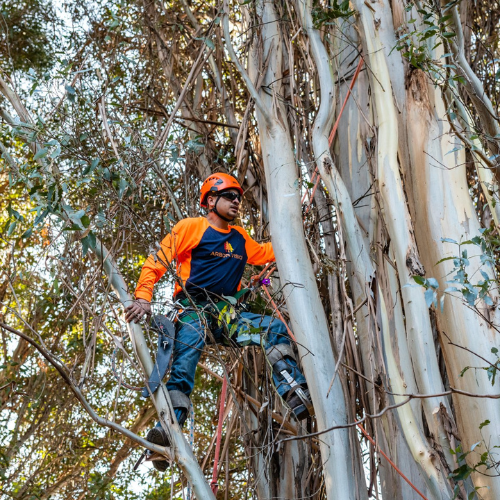
It's best to call in an arborist at the first sign of changes to your trees. This will ensure the issue is diagnosed in time for treatment or interventions to restore health and reduce the risk of damage to surrounding trees.
Ensure Your Trees Thrive with Arbor Vision's Expert Care
When you need assistance with your tree health, the arborists and tree maintenance experts at Arbor Vision are here to help. Click here for more information about our tree services in Livermore.
Share this page:
Related Topics:
Site Map
Arbor Vision, Incorporated
CA Licensed Contractor #1045914
Mon - Sat
8:00 AM - 5:00 PM
Sun
Closed

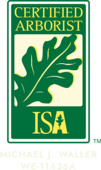
We proudly serve residential, commercial, and municipal customers throughout Alameda and Contra Costa Counties, including Alamo • Blackhawk • Castro Valley • Concord • Danville • Dublin • Fremont • Livermore • Oakley • Orinda • Pleasant Hill • Pleasanton • Richmond • San Jose • San Ramon • Walnut Creek, and surrounding communities
Copyright © 2024 Arbor Vision, Incorporated. All rights reserved.

